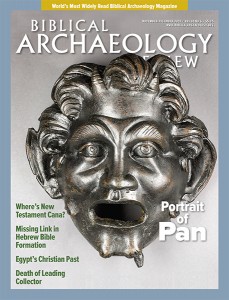Biblical Views: A Crisis of Faith in the Wake of the Temple’s Destruction?

There can be little doubt that the Roman destruction of Jerusalem and the Temple in 70 C.E. wreaked havoc on the Jews of that time and place. There must have been great loss of life, limb, property and pride. Surely many were slaughtered, and the survivors—particularly women and children—must have suffered terribly.
The one witness to these events whose testimony has come down to us—the Jewish historian Josephus—speaks at length about the horror. This suffering began, he claims, even before the Temple burned: The besieged city starved to such an extent that a woman was driven to cannibalize her own young son (Jewish War 6.201–213). As the Temple burned, Josephus tells us, “No pity was shown for age, no reverence for rank; children and greybeards, laity and priests, alike were massacred” (6.271). As for numbers, Josephus says 97,000 were taken prisoner, and more than 1.1 million died (6.420).
Josephus’s reliability is notoriously questionable. How did he come by these numbers? Josephus was a Jewish priest and rebel who later switched allegiances. Readers may surely wonder if his intent was to maximize Jewish suffering in order to highlight Roman power. On the other hand, the account of cannibalism is taken right out of the Hebrew Bible: Lamentations 4:10, for instance, mourns a similar scenario, following the destruction of the First Temple in 586 B.C.E.
Already a library member? Log in here.
Institution user? Log in with your IP address.

